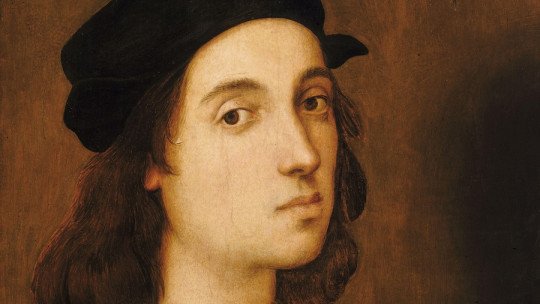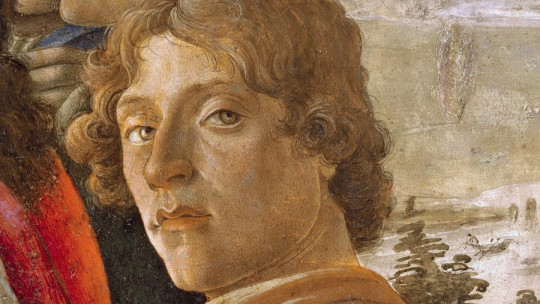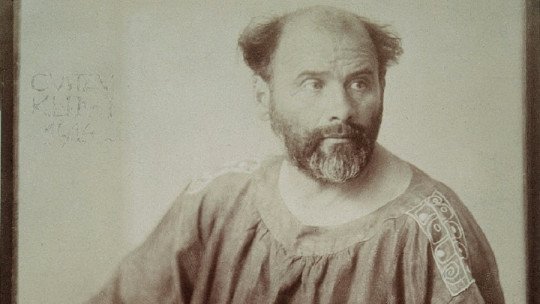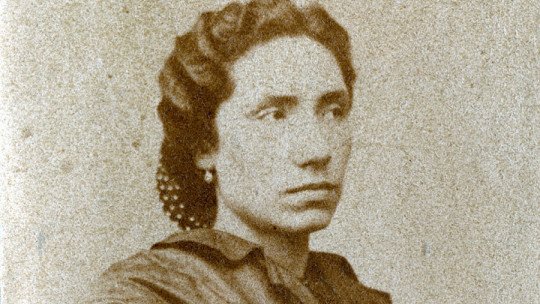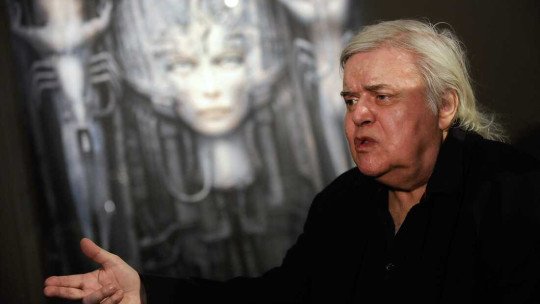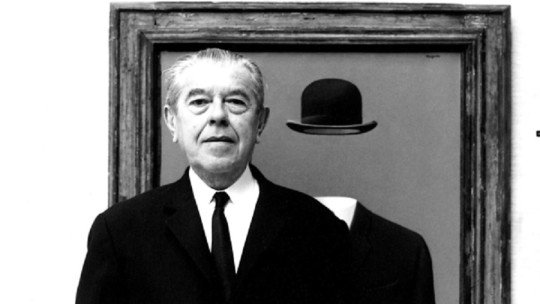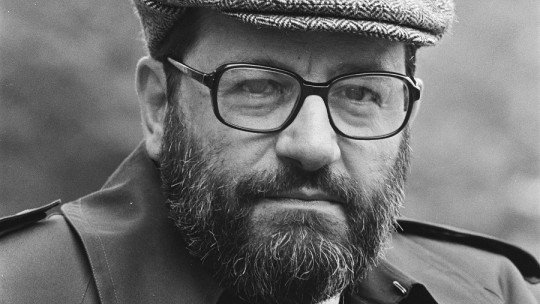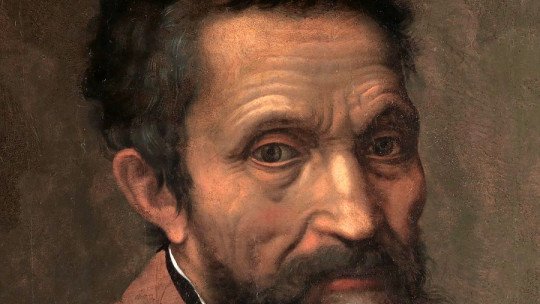
There are few discrepancies about the genius of Michelangelo Buonarroti, better known in Spanish as Michelangelo Already in the colossal work of Charles de Tornay, his main biographer, in the title the author refers to him as “Painter, sculptor, architect.” And perhaps to all this we should add the words “engineer” and “poet”. Almost nothing.
Michelangelo was a true Renaissance man, cultured, very interested in the arts and with unparalleled talent. Because there are few artists who have left us authentic masterpieces in various disciplines, and that is the case of Michelangelo. In the field of sculpture, his true vocation, there is little to say. He Davidthe Piety of the Vatican, the Moses. In architecture, none other than the dome of St. Peter’s Basilica in Rome. And as for painting, a field in which he himself said that he was not sufficiently prepared, we only have to evoke the magnificent frescoes of the Sistine vault.
Join us on this journey through the life and work of the great genius not only of the Renaissance, but of the history of universal art.
Brief biography of Michelangelo Buonarroti
Michelangelo said (at least, that is what his biographer Ascanio Condivi states) that his passion for sculpture came to him because his wet nurse was the wife of a stonemason and, according to him, she had given him marble dust with her milk.
Anecdotes aside, the truth is that Michelangelo always considered himself, above all, a sculptor Despite this, he began his training in the workshop of Domenico Ghirlandaio (1448-1494), one of the most notable painters of Renaissance Florence, where his father had moved after his term expired. podesta which had taken him to Caprese, the town where our genius came into the world in March 1475.
The beginnings: under the protection of Lorenzo de Medici
Ludovico, Michelangelo’s father, was not happy that his son wanted to dedicate himself to the “manual arts.”, which was how fine arts were considered at the time. Let us remember that in the 15th century the medieval concept of the artist as just another craftsman, who earned his living with the work of his hands, was still in force. Ludovico, who despite living with certain hardships, came from a family belonging to the city’s patriciate, could not allow one of his children to dedicate himself to artisanal work.
However, that was the case, which increased the tensions that the artist had with his father. We have mentioned that Michelangelo trained during his early adolescence in the Ghirlandaio workshop in Florence. It is the last decades of the 15th century, and the city brims with cultural splendor. The opulent Medici family was in charge of the government of Florence and served as important patrons, especially the head of the family, Lorenzo the Magnificent (1449-1492).
Lorenzo de Medici was Michelangelo’s protector and, in many things, he behaved like a father to him When the Magnificent died in 1492, Michelangelo suffered a severe blow, as he had lived in his house for the last few years and had been educated in the famous Sculpture Garden that Lorenzo made available to young artists. There, Michelangelo not only had the opportunity to cultivate his innate talent, but he was introduced to Florentine intellectual life and immersed himself in the philosophy and cultural environment of the city, which undoubtedly represented important background that would help him in its subsequent production.
The death of his supporter and the rise to power of the city of the obscure friar Girolamo Savonarola (incidentally, coming from the same convent where Michelangelo’s brother had professed his vows) disrupted the life of our genius and left a permanent mark on his character.
The first stay in Rome
In the austere Florence that Savonarola proposed, the effervescent cultural life overshadowed by the friar’s incendiary harangues, Michelangelo could only find an intellectual and artistic void that could do nothing to help him. So the young Michelangelo headed to Rome, a city that would be key to his development as an artist.
From this first stay are the Bacchuswhich he made for Cardinal Riario (who did not like the work at all because it was “too sensual”), and the extraordinary Piety of the Vatican, which Michelangelo sculpted when he was only twenty-three years old. Commissioned by a French cardinal, the work shows perfect mastery of both sculpture and composition
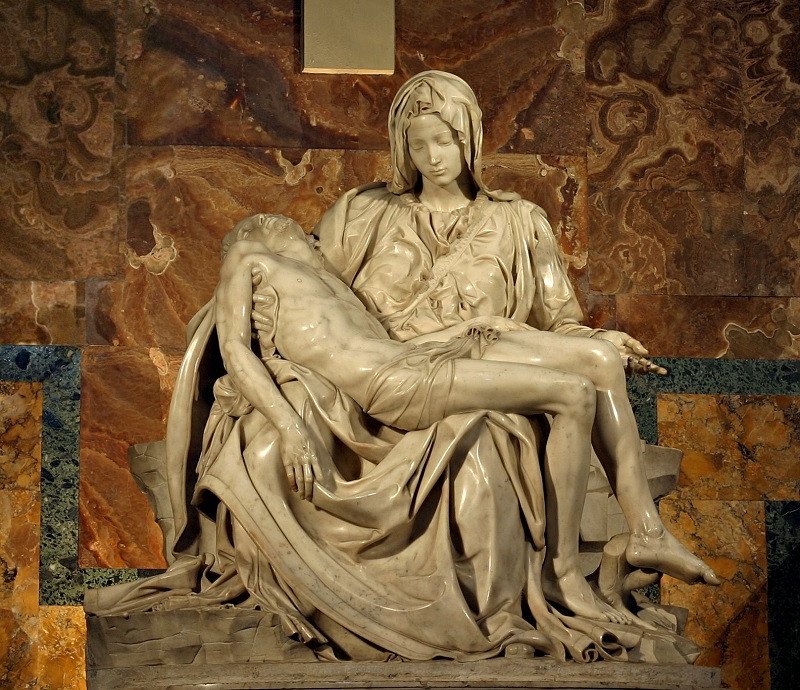
The triangle formed by the mother and son is offset by the horizontal figure of the dead Christ, who rests in the arms of a very young Mary (remember that Jesus died at the age of thirty-three). With this, Michelangelo perhaps wanted to emphasize Mary’s virginity and purity.
About the Pietà there is an anecdote that, because it is curious, we must review here and that is collected by Giorgio Vasari (1511-1574) in his book The lives of the most excellent Italian architects, painters and sculptors. It seems that Michelangelo learned of the rumor that the magnificent piece was awarded to a certain Gobbio, a sculptor from Milan. He was filled with anger, at night he carved his name on Mary’s belt. True or not, the truth is that the Pietà is the only work of the artist that is signed and, if we consider its difficult and angry character, we can consider that there may be some basis of reality in the anecdote.
Return to Florence and execution of David
Despite the success achieved with his Piety, Michelangelo’s goal was to obtain a papal commission during his stay in Rome. Not obtaining it, he returned to the city of his family. Savonarola had fallen into disgrace and had been executed in 1498, so Florence returned to what it had once been: a city full of cultural effervescence
It was the year 1501, and the city needed an element that expressed the character of the Republic. The idea was to sculpt a figure of David, the biblical hero, from a single block of marble that had been kept in the Duomo for years. The undertaking was very difficult, since the block was very narrow, which made it difficult to correctly execute the proportions.
Everyone knows that Michelangelo achieved his goal, and with flying colors. The result was the sculpture of David, possibly the artist’s best known and which became a symbol of the Florentine Republic, embodying courage and strength. Michelangelo does not represent David after felling the giant Goliath, as Donatello does in his homonymous sculpture, but he presents him just before the confrontation, focused on his mission. Hence the young man’s frown and intense gaze, a true expressive feat that gives us an idea of the genius of its author.
Much has been said about the deformities anatomical images that present the hero’s body. Indeed, the head is too big, as well as its hands and feet. Some experts relate these errors to the narrowness and size of the block offered to the artist, not to mention that a half-sketched figure already existed, which did not give the artist many options when executing the work. David.
On the other hand, we must bear in mind that the sculpture had to be placed, in principle, at a considerable height, on one of the buttresses of the Duomo, so Michelangelo perhaps wanted to correct the possible optical deformations that this would cause This theory, however, does not seem plausible, since it would not explain the disproportion of the feet. Be that as it may, the David represents one of the creative peaks of Florentine genius.
Second stay in Rome: The Sistine Chapel
Michelangelo’s second stay in Rome marked the achievement of the objective of the first: obtaining a papal commission. The then pontiff, Julius II, entrusted the artist with the execution of his tomb. That was to be Michelangelo’s great work, for which he worked conscientiously with the monetary advance that he had received. He went to the Carrara quarry to personally supervise, as he always did, the selection of marble its transfer to Rome and its storage.
But, unpredictably, Julius II abandoned the idea of the tomb and decided to commission Bramante (1444-1514) to reform St. Peter’s Basilica. Michelangelo, enraged and in debt due to the preparations for the tomb, flees Rome, in a dramatic gesture that has caused rivers of ink to flow about the bad relationship between the pope and the artist.
Leaving aside the legend, it is true that the personalities of these two characters, although similar in many things, were violently similar in terms of character and determination. In the end, Julius II ends up commissioning the Florentine to fresco the vault of the Sistine Chapel; According to Vasari and Condivi, spurred on by Bramante, eager to boost the career of young Rafael. If we are to believe this story, Bramante did not believe Michelangelo capable of creating the frescoes, and he wanted the Pope to commission the work only to see his rival fail.
Be that as it may, Michelangelo took charge of the great undertaking despite his initial protests, since he considered himself a sculptor, not a painter. The initial project of Julius II was to represent the twelve apostles, but the iconography that ended up prevailing were motifs from the Old Testament: the Creation of Adam and Eve, the expulsion from Paradise, the sibyls and the prophets, among others.
Michelangelo’s creative process was not always satisfactory. The artist began work on the Sistine in January 1509, with the execution of The universal floodand continued working on the frescoes until October 1512, to the despair of the pope, who wanted Michelangelo to paint faster. The artist’s working position, lying on his back on the scaffolding, was fatal for his physical health, and the fact that he worked at night, by candlelight, aggravated his eyesight problems. Michelangelo’s great work had devoured him completely.
Tireless worker until death
The papal tomb project was not completely abandoned. Once Julius II died, a Medici ascended the throne of Saint Peter, who took the name of Leo
However, Leo X got the della Rovere, the family to which the late pope belonged, to commission a new project from Michelangelo. On this occasion it would be a funerary monument of smaller dimensions and, unlike the free-standing pavilion designed during the lifetime of Julius II, this one would be attached to the wall of the church of San Pietro in Vincoli.
For this new tomb Michelangelo sculpted his other masterpiece, the Moseswhich gained immediate fame and served as a model for many European sculptors of the time. Also for this project he started working on his slaves. Most of them were left unfinished, which even gives them a more mysterious and fascinating aura, since it seems that the figures are trying to “escape” from the block.
Those years were turbulent for the artist. In 1534 Ludovico, his father, died. Two years earlier, Michelangelo had met Tommaso Cavalieri, a nobleman much younger than him who awakened a deep and intense passion in the mature sculptor, if we take into account his correspondence. It is known that Michelangelo did not have any (known, at least) affairs until then, which raises some questions: was Michelangelo homosexual? Also known is his intellectual relationship with Vittoria Colonna, for whom he composed beautiful sonnets. Maybe he was bisexual, or did Vittoria represent just an ideal? Be that as it may, we have to remember that, at that time, homosexuality was punishable by death, so, if it was, Michelangelo had to be very careful not to let it spread.
Michelangelo’s last great works were to be the Medici Chapel, in the New Sacristy of the church of San Lorenzo, the Laurentian Library and the colossal Last Judgment of the Sistine, executed more than two decades after the vault frescoes. Michelangelo paints several groups as if suspended in a space without form or time, presided over in the center by the spectacular figure of Christ, with a very careful and forceful anatomical study, just as was characteristic of the Florentine’s work. To the right of him, the Virgin withdraws in a gesture that seems to be of pity or fear. As Charles de Tolnay comments, her body is reminiscent of the folding of the classic curled-up Venus. As a whole, the painting is so powerful that the viewer is instantly subjugated by what seems like a sublime vision.
Constant and tireless worker, incorrigible perfectionist, Michelangelo Buonarroti was creating until the end of his life It is known that, a few days before he died, he was busy with the Piedad Rondanini, his last masterpiece, which remained unfinished. The genius died in Rome in February 1564, when he was about to turn eighty-nine, and was buried in Florence, the city of his youth. That same year, the Congregation of the Council of Trent ordered the “sinful” nudes of the Sistine to be covered.

